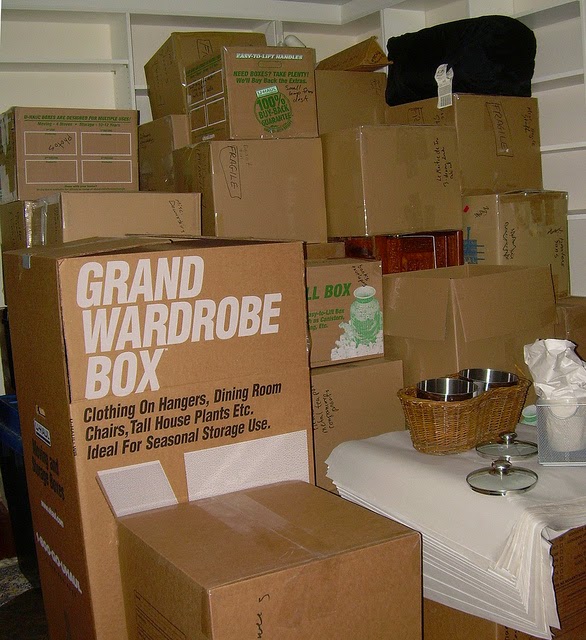 |
| Image credit: Eastlake Times (flickr.com) |
Basically, a garage sale means selling some of your belongings for a cheaper price that you got them. As the name implies, this is typically done in the garage but do not feel limited by that definition. You can have it in your yard and call it a yard sale or something.
What’s most important here is that all the items you want to sell are properly displayed. For example, you need to make price tags for every item. Doing this will help minimize the instances wherein different buyers will bug and ask you for the price of the same item. Also, this is a good way to ensure that you have a fixed price in mind for every item. You can price everything with the help of a marker and several pieces of paper.
Of course, itemizing can make your items look more organized. Everything will look better if you put them in the right places. For instance, hang all the clothes together and put all books and magazines in a table. You can even go further by using size dividers for the clothes so that buyers will not have to look through every single clothing item. Just put a sign that specifies the sizes and that will be extremely helpful for buyers.
Whenever possible, offer in bundles to make it more attractive for buyers. You may have lots of magazines, comic books, and other reading materials at home. Instead of selling them per issue, you may want to sell them in bundles so that you can dispose them quicker.
Do not forget to get help from family members. You’ll likely have your hands full as neighbors and passers-by visit your place. It will be most effective if you can have some of your children or relatives deal with some of the clients. You can avoid feeling too overwhelmed if you do this.
With adequate planning and preparation, you’ll definitely have a successful experience in organizing your garage sale. Although some would argue that selling online is still better if you want to earn more money, an old-fashioned garage sale is still better because you’ll have no competitions at all - except, of course, if your next door neighbor is also hosting a sale. You’ll have extra earnings you can later use as you relocate to your new home!




